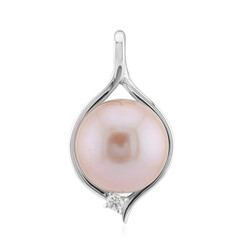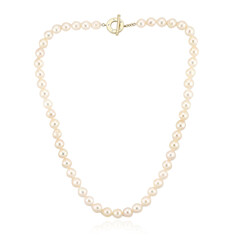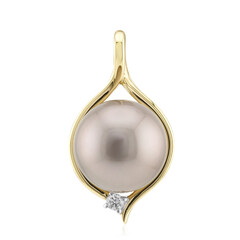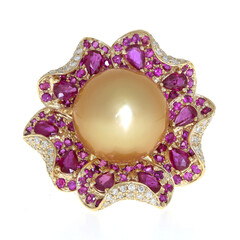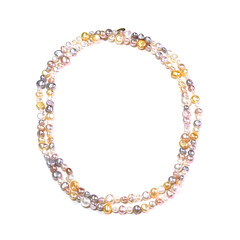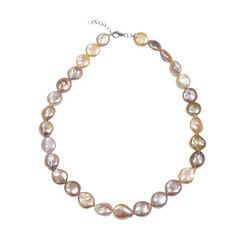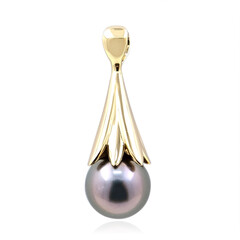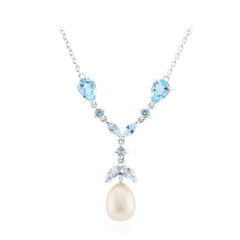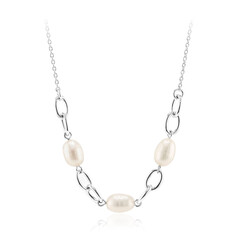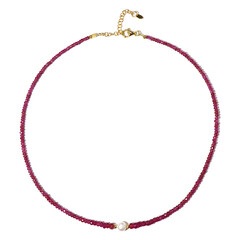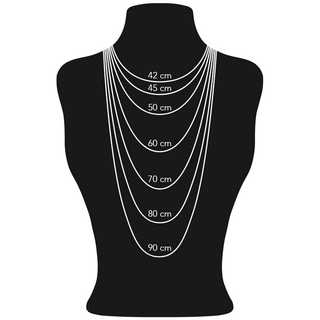Incredible prices, huge variety
Your expert for certified gemstone jewellery
Orders from €79 will receive free shipping
Shipping free for new customers

Filter
Real Pearl Jewellery
June babies are the very lucky inheritors of Alexandrite, Moonstone and Pearl as their birthstones. Pearls (Calcium Carbonate) are said to be the number one gemstone worldwide. Natural Pearl jewellery has been beloved by many including generations of Royals from Cleopatra to Queen Elizabeth I. Her Majesty Queen Elizabeth II is almost always seen wearing her favourite three strand Pearl necklace, a gift from the Queen's late grandfather. Pearls have been favoured by some of the world´s most beautiful and glamorous style icons, including Audrey Hepburn and Coco Channel as well as today´s top trendsetters. The gems of Real Pearl jewellery are naturally occurring phenomena, whether created in the wild or cultivated with the help of human ingenuity. A pearl forms when a foreign element like a grain of sand, a sliver of wood or parasite, is trapped in a mollusk. The animal coats the foreign object with layers of aragonite and conchiolin to protect itself from irritation.
This composite material is called mother-of-pearl or nacre. The crystalline structure of nacre reflects light in a unique way, giving nacreous pearls their high lustre. These amazing creatures use the same substance to build their shell homes. 'Cultured Pearls' are grown inside a mollusc using nuclei (usually from mollusk remnants) hand-seeded by harvesters and grown in protected water sources and farms. Cultured Pearls represent the majority of Pearls sold on the market today. Only 14% of mollusc varieties can produce the lovely Pearl! Pearl sizes range from 2 to 16 mm. and measure 2.5 to 3.0 on the Mohs scale of hardness. White and cream are the preferential colours, but other naturally-occurring colour varieties are gaining popularity including black, grey, yellow, orange, pink, lavender, green, and blue.
Fake Pearls are usually made of plastic, glass, etc. Easy to spot, fakes feel much lighter, are usually uniform in appearance, and in some cases, the coating can literally peel off. Real pearls, when rubbed on the teeth, have little, uneven nubs. Real Pearls are imperfect natural beauties.
Real Pearl jewellery is something to be collected and treasured. Long considered some of the most elegant of the jewels,a Pearl ring, a Pearl necklace, Pearl bracelet, a pair of Pearl earrings or a Pearl pendant are all treasures to be kept for a lifetime and passed on through generations.
Pearl silverring
Thought to attract luck, protection and wealth, Pearls are have been said to symbolize the well-earned wisdom earned from experience. The first Pearl was recorded in the 22nd century BC by a Chinese historian.
Akoya pearls
Akoya Mother of Pearl has been used in decorative inlays in Japan for thousands of years, but the use and admiration of the Pearls came much later for the Japanese. Not until the 1920s, when cultured Akoya Pearls were produced for import, did Pearls pique the interest of the Japanese as an item of value and beauty.
Cultured Pearls
Mikimoto Kōkichi was an award-winning Japanese inventor and entrepreneur, born January 25th 1858 and died on September 21, 1954, at the age of 96. He is credited with creating the first cultured Pearl and patenting the process that started the cultured Pearl industry, although researchers claim the process actually begun in 10th century China.
Freshwater Pearls
Freshwater molluscs live in lakes, rivers and streams. Freshwater Pearls can rival their seawater brethren in colour and lustre. Freshwater Pearls from Asia, Europe and North America have been prized for hundreds and thousands of years. North American mother of Pearl was used for the button industry of the 1900s and nowadays freshwater mussel shells are used for the nuclei needed to create cultured pearls. Sadly many of the freshwater Pearl varieties in nature have died off due to pollution and construction. Some conservation efforts are underway.
Saltwater pearls
Marine molluscs especially conch, oysters and abalone are the worlds most known Pearl sources. Molluscs are 530 million years old! Marine molluscs can produce, blue/green, orange and pink Pearls. Humans harvest these and other molluscs for mother of Pearl and Pearl.
Pearl necklace
Owning a Pearl necklace is a very special thing. Similar to diamonds a white Pearl necklace denotes class and beauty, uplifting any outfit to being graced with luxury.
Pearl jewellery sets
At Juwelo, we feature both freshwater and saltwater pearls in our collections. Akoya rings, bracelets and necklaces can be easily arranged in a sweet self-made set.
Pearl pendant
Single pearl necklace can feature the single Pearl as its centrepiece, or it can accompany other jewels and precious metal pendants or chains in the design. The four Pearl types are Akoya, Tahitian, South Sea and Fresh Water.
Pearl bracelet
Pearl bracelet
Where your gorgeous Pearls in the form of a bracelet every day and you will be daily glamorous.



